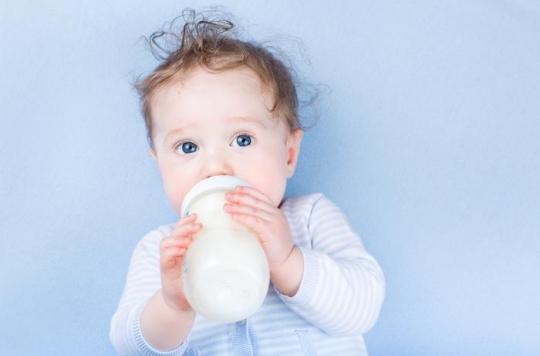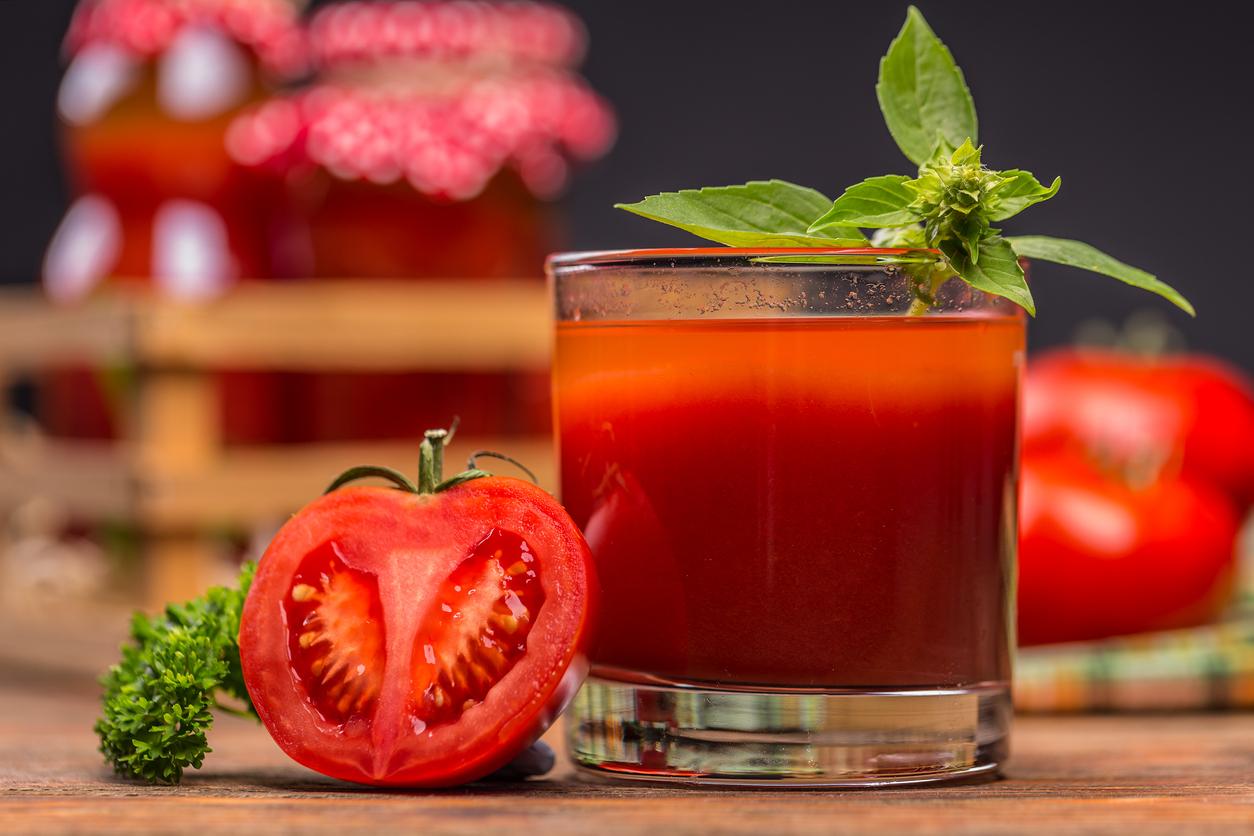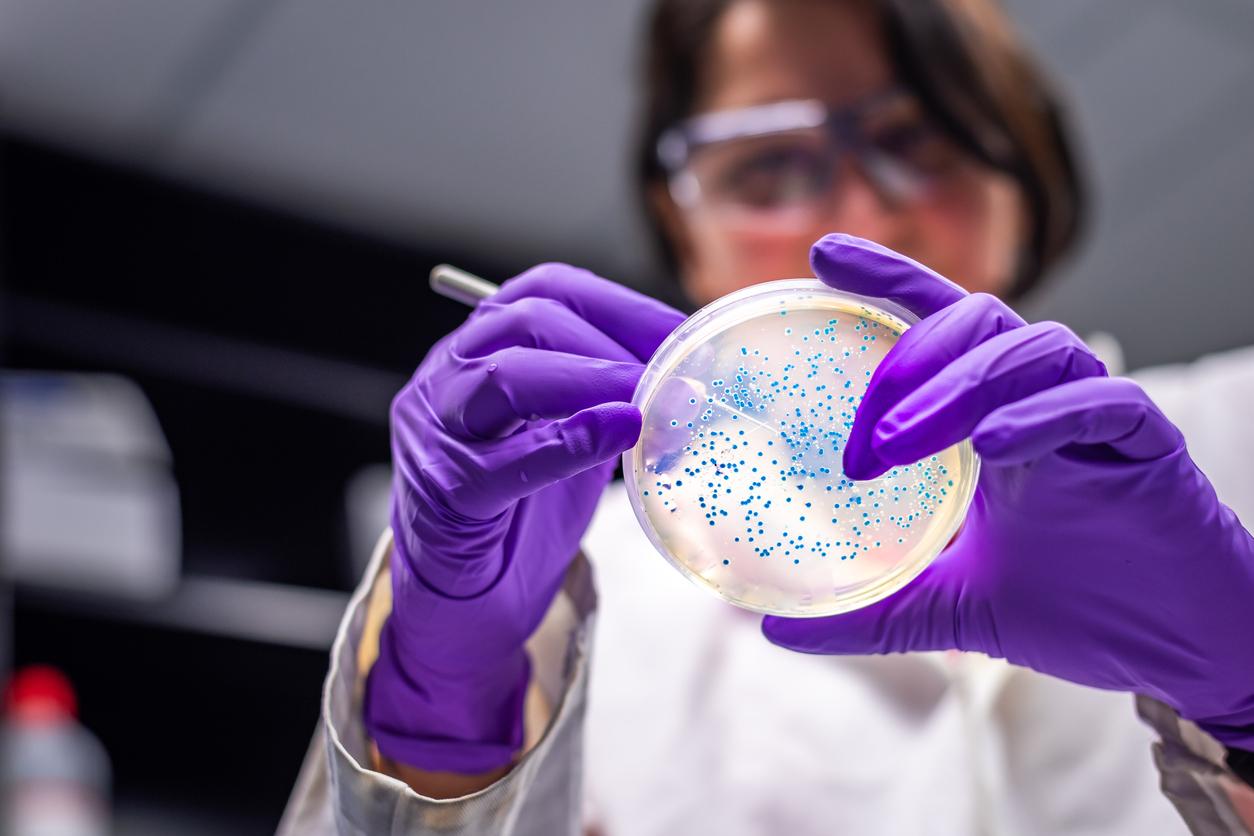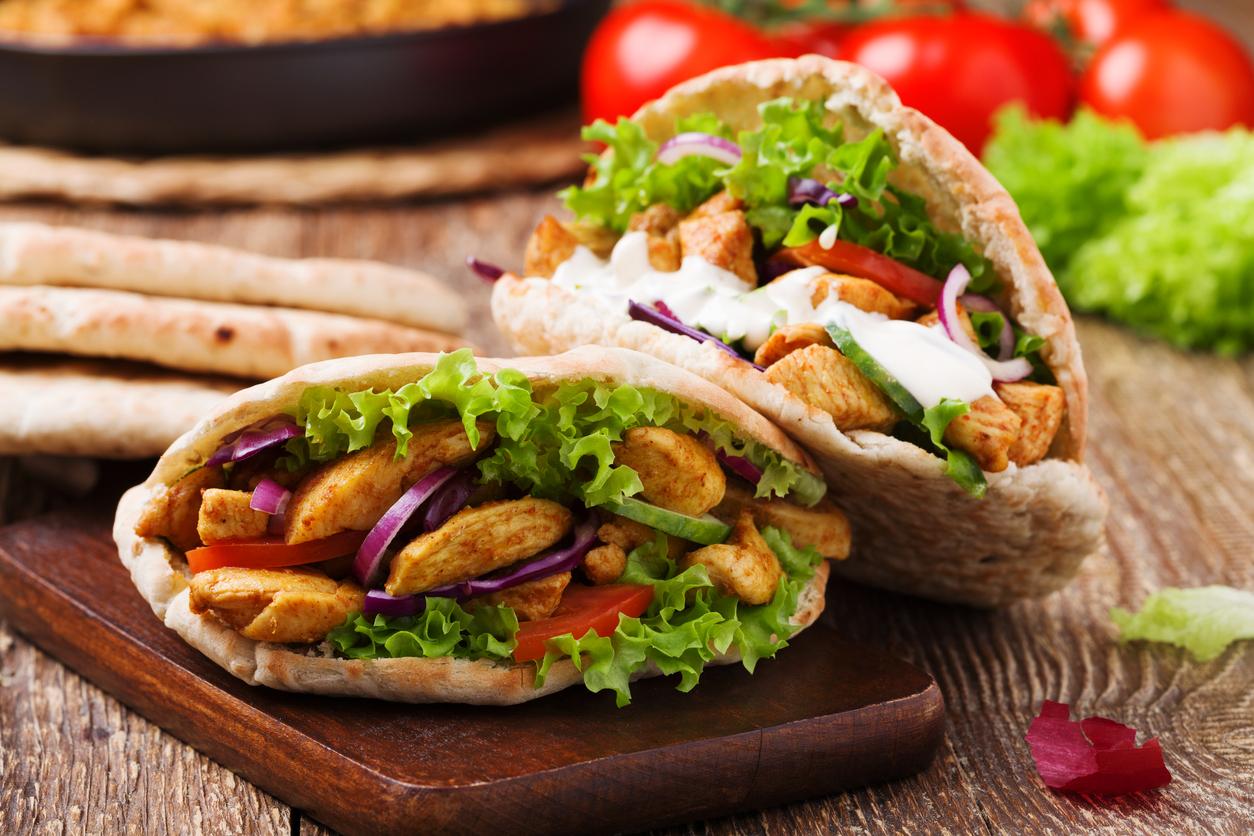The investigation cell of Radio France revealed this Thursday that 25 infants were contaminated with salmonella between 2006 and 2016. This could be the strain detected in the Craon plant.

25 infants were contaminated with Agona salmonella between 2006 and 2016. According to the Institut Pasteur, this is “very probably” the strain detected in the Craon plant. Lactalis “cannot rule out that babies have consumed contaminated milk” between 2005 and 2017, concedes this Thursday to Echoes the CEO of Lactalis, Emmanuel Besnier. At the time, the Agona salmonella was already “confined in the infrastructure of tower number 1” of the plant, he says. The bacteria were therefore already present in the premises that belonged to the Celia company, before being bought the following year by Lactalis.
Lactalis points to the responsibility of an external laboratory
In 2017, work was undertaken in the buildings. Partitions were broken, which would have released the bacteria which then spread freely. Emmanuel Besnier affirms that the products have always been “in conformity with sanitary requirements” and points to the responsibility of the external laboratory which carried out 16,000 analyzes in 2017 on the finished products without detecting anything. “We ask ourselves a lot of questions about the sensitivity of the analyzes made by this laboratory. We have great difficulty understanding how 16,000 analyzes carried out in 2017 could have revealed nothing. We have doubts about the reliability of the tests. is not possible that there was zero positive “.
Many children still sick
Some of the children infected with salmonella after consuming Lactalis milk still have health problems weeks after the initial infection said on January 26, members of the Association of Families Victims of Salmonella Contaminated Milk (AFVLCS) during of their press conference. “Many children relapse, it is almost systematic”, testified Ségolène Noviant, vice-president of AFVLCS. She has thus reported several times that her own son, contaminated by Lactalis milk with a Salmonella gastroenteritis initially, had several relapses of diarrhea and fever and a 4th hospitalization would be scheduled for January 30. He also reportedly had bronchiolitis in January. He would not be the only one in this case, according to the association which receives many calls.
Salmonella gastroenteritis is not benign
According to this study of a model of human-type food poisoning in healthy mice and published by the Sanford Burnham Prebys Medical Disvorery Institute in the journal Science, repeated infections could cause chronic inflammatory bowel or colon disease. The study lasted almost eight years: each mouse received a dose of mild Salmonella-like bacteria in very small amounts and without life threatening, but inflammation of the intestine appeared and increased in all the mice over the years. the repetition of poisoning. The researchers also found that even by stopping causing these infections, the inflammation of the intestine did not go away. The damage was done. Inflammatory disease of the colon and intestine was launched.
.














